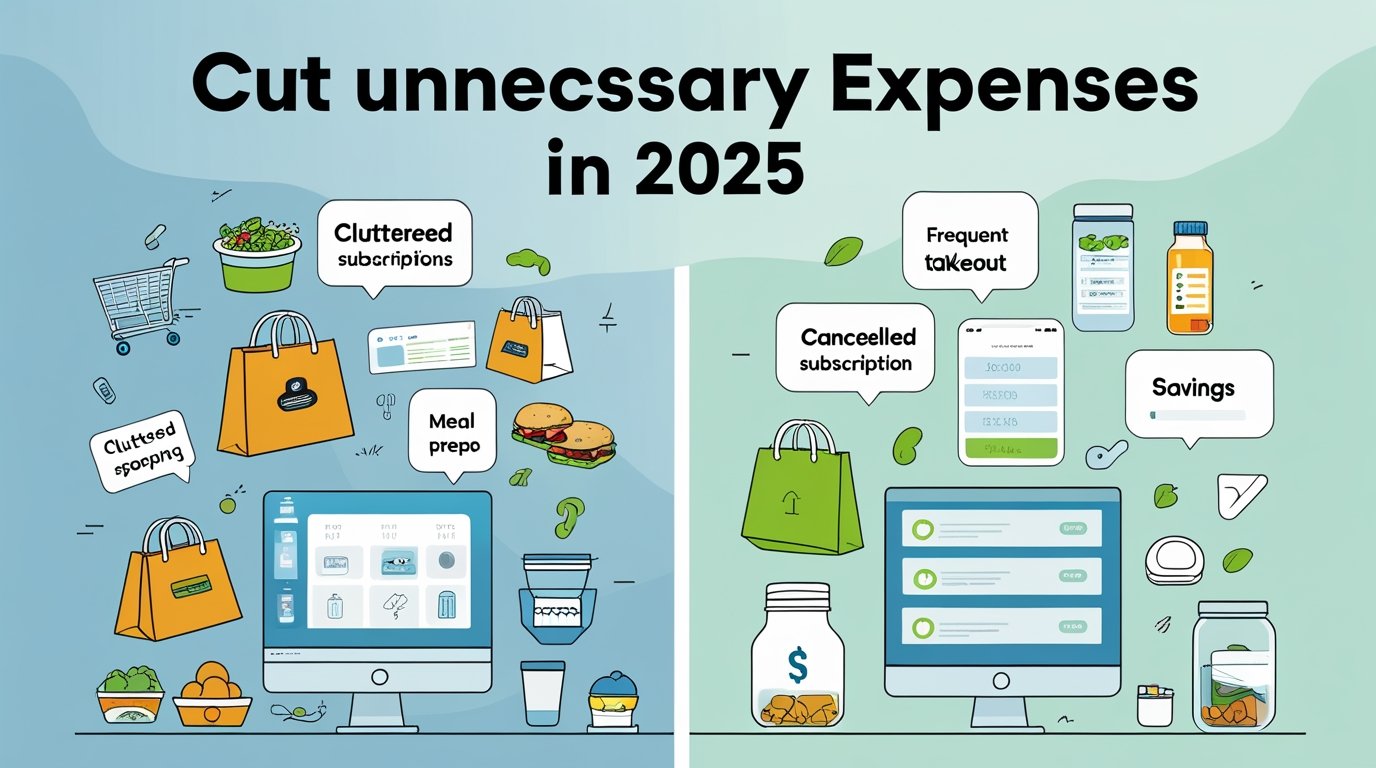Dreaming of financial freedom but overwhelmed by investing options? Investing in index funds offers a simple, low-cost way to grow your wealth over time without needing to pick individual stocks. In 2025, with markets fluctuating and economic uncertainty lingering, index funds remain a favorite for beginners and seasoned investors alike. They’re affordable, diversified, and historically deliver solid returns—think 7-10% annually for broad market funds (S&P 500 data, 1957-2024). This article breaks down how to invest in index funds for long-term growth, sharing practical steps, real-world examples, and the latest trends to help you build a secure financial future. Let’s get started!
What Are Index Funds?
Index funds are mutual funds or ETFs (exchange-traded funds) that track a specific market index, like the S&P 500 or Nasdaq 100. Instead of a manager picking stocks, the fund mirrors the index’s performance, offering broad market exposure at low costs.
Why Choose Index Funds?
- Low Fees: Expense ratios as low as 0.03% (e.g., Vanguard’s VTI).
- Diversification: Own hundreds of stocks in one fund, reducing risk.
- Simplicity: No need to research individual companies.
- Proven Returns: Historically match or outperform actively managed funds.
Case Study: In 2024, an investor who put $10,000 in an S&P 500 index fund 20 years ago saw it grow to ~$65,000, outpacing most actively managed funds (Morningstar).
Why Index Funds Are Ideal for Long-Term Growth
Index funds shine for long-term investors due to:
- Compounding Returns: Small, consistent gains grow exponentially over decades.
- Market Resilience: Broad indices recover from downturns over time.
- Cost Efficiency: Low fees mean more of your money stays invested.
- Accessibility: Start with as little as $1 on platforms like Fidelity or Schwab.
Suggested Visual: A line graph showing S&P 500 index fund growth vs. active funds over 20 years.
How to Invest in Index Funds in 2025
Ready to start? Follow these steps to invest in index funds effectively:
1. Define Your Financial Goals
Clarify why you’re investing:
- Retirement: Long-term growth for 20+ years.
- Wealth Building: Save for a house or education.
- Passive Income: Use dividend-focused index funds.
Example: Lisa, a 35-year-old nurse, invests $200 monthly in a total stock market index fund to retire by 60.
2. Choose the Right Index Fund
Popular indices include:
- S&P 500: Tracks 500 large U.S. companies (e.g., Vanguard VOO).
- Total Stock Market: Covers entire U.S. market (e.g., Schwab SWTSX).
- International: Exposure to global markets (e.g., iShares MSCI EAFE).
- Sector-Specific: Focus on tech, healthcare, etc. (e.g., Invesco QQQ).
Tip: Start with broad-market funds for maximum diversification.
3. Open an Investment Account
Use a brokerage or robo-advisor:
- Brokerages: Fidelity, Vanguard, Charles Schwab (low or no fees).
- Robo-Advisors: Betterment, Wealthfront (automated investing, ~0.25% fees).
- Retirement Accounts: IRAs or 401(k)s for tax benefits.
Internal Link: Guide to choosing a brokerage account.
4. Invest Regularly with Dollar-Cost Averaging
Invest a fixed amount monthly, regardless of market conditions, to reduce risk and average out costs.
- Example: Investing $500 monthly in VOO buys more shares when prices dip, boosting long-term gains.
5. Reinvest Dividends
Many index funds pay dividends. Reinvesting these compounds your returns over time.
External Link: Morningstar for fund performance data.
6. Monitor and Rebalance
Check your portfolio annually to ensure it aligns with your goals. Rebalance if one fund dominates due to market shifts.
Suggested Visual: A flowchart titled “How to Start Investing in Index Funds” with steps like “Set Goals,” “Choose Fund,” and “Invest Regularly.”
What’s New in Index Funds for 2025?
The investment landscape is evolving. Here’s what’s shaping index funds in 2025:
- ESG Index Funds: Funds like Vanguard’s ESG U.S. Stock ETF (ESGV) focus on sustainable companies, with $10 billion in inflows in 2024 (Bloomberg).
- AI and Tech Funds: Nasdaq 100 funds gain traction as AI stocks soar.
- Fractional Shares: Platforms like Robinhood allow investing with as little as $1.
- Crypto-Linked Index Funds: Emerging funds track blockchain indices, though riskier.
Case Study: In 2024, a tech-focused index fund (Invesco QQQ) returned 18%, driven by AI giants like Nvidia, but volatility remains a concern.
Pros and Cons of Index Funds
| Aspect | Pros | Cons |
|---|---|---|
| Cost | Low expense ratios (0.03-0.2%) | Limited potential to beat the market |
| Risk | Diversified, lower risk than stocks | Market downturns affect returns |
| Returns | Consistent 7-10% annual average | No control over individual holdings |
| Ease of Use | Simple, beginner-friendly | Requires patience for long-term gains |
FAQ Section
FAQ 1: Are Index Funds Safe for Long-Term Investing?
Index funds are relatively safe for long-term investing due to their diversification and low costs. They spread risk across many companies, reducing the impact of a single stock’s failure. However, they’re not risk-free—market downturns can lower returns, and sector-specific funds (e.g., tech) are more volatile. Historically, broad-market funds like the S&P 500 recover over time, making them ideal for 10+ year horizons. To maximize safety, diversify across indices and invest consistently.
Action: Start with a broad-market fund like VTI and invest monthly to mitigate market dips.
FAQ 2: How Much Money Do I Need to Start Investing in Index Funds?
You can start with as little as $1 on platforms offering fractional shares, like Fidelity or Robinhood. Traditional brokers like Vanguard may require $1,000-$3,000 for mutual funds, but ETFs (e.g., VOO) have no minimum if bought per share. Robo-advisors like Betterment also allow low entry points ($10+). The key is consistency—small, regular investments grow significantly over time.
Resource: Check Investopedia for broker comparisons.
FAQ 3: Should I Invest All My Money in One Index Fund?
No, diversifying across multiple index funds reduces risk. A single fund, even a broad one, may be too tied to one market (e.g., U.S. stocks). Consider a mix of:
- U.S. total market (e.g., VTI)
- International (e.g., VXUS)
- Bond index funds (e.g., BND)
A common strategy is the “60/40” portfolio (60% stocks, 40% bonds). Use robo-advisors for automatic diversification.
Tip: Assess your risk tolerance with tools like Vanguard’s Investor Questionnaire.
FAQ 4: How Do Taxes Work with Index Funds?
Index funds are tax-efficient due to low turnover, but you’ll owe taxes on:
- Dividends: Taxed as ordinary income or qualified dividends (lower rate).
- Capital Gains: Owed when selling shares at a profit.
- Distributions: Funds may distribute gains annually.
Use tax-advantaged accounts like IRAs to minimize taxes. Consult a tax advisor for personalized advice.
Resource: IRS.gov for tax rules on investments.
Schema Markup for FAQs
Conclusion
Investing in index funds is a proven strategy for long-term growth in 2025, offering simplicity, low costs, and solid returns. By setting clear goals, choosing diversified funds, and investing regularly, you can build wealth steadily. Stay informed about trends like ESG funds and fractional shares to maximize opportunities. Whether you’re saving for retirement or a dream home, index funds are a smart start. What’s your first step toward investing? Share in the comments or sign up for our newsletter for weekly wealth-building tips!

